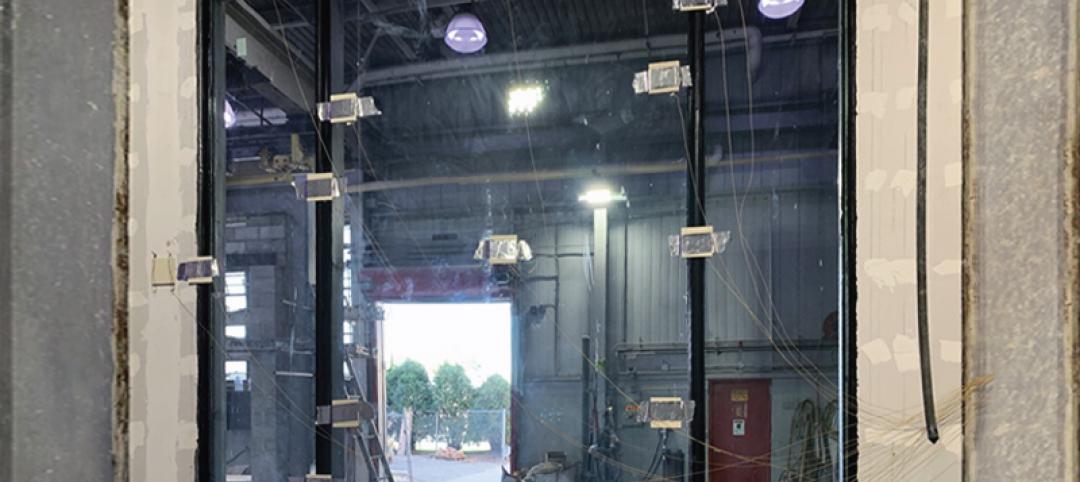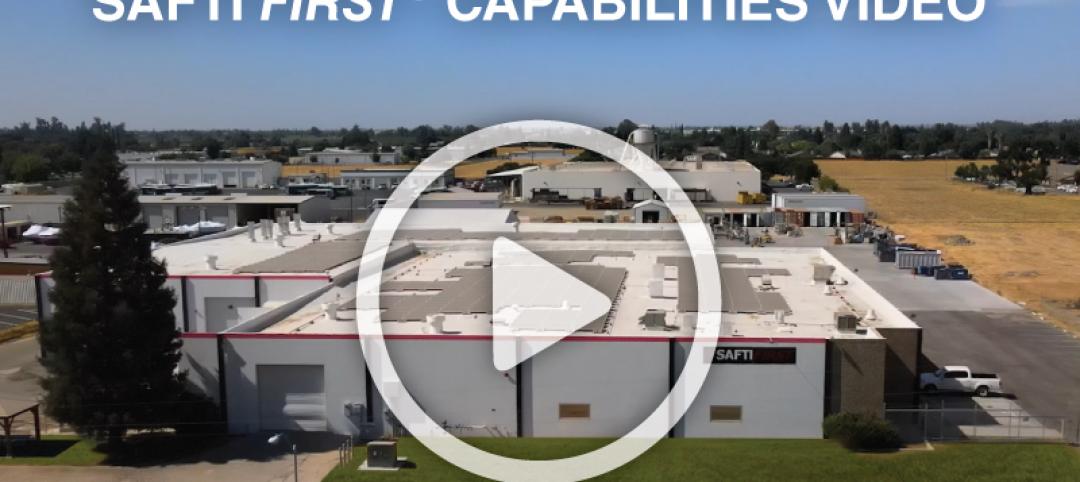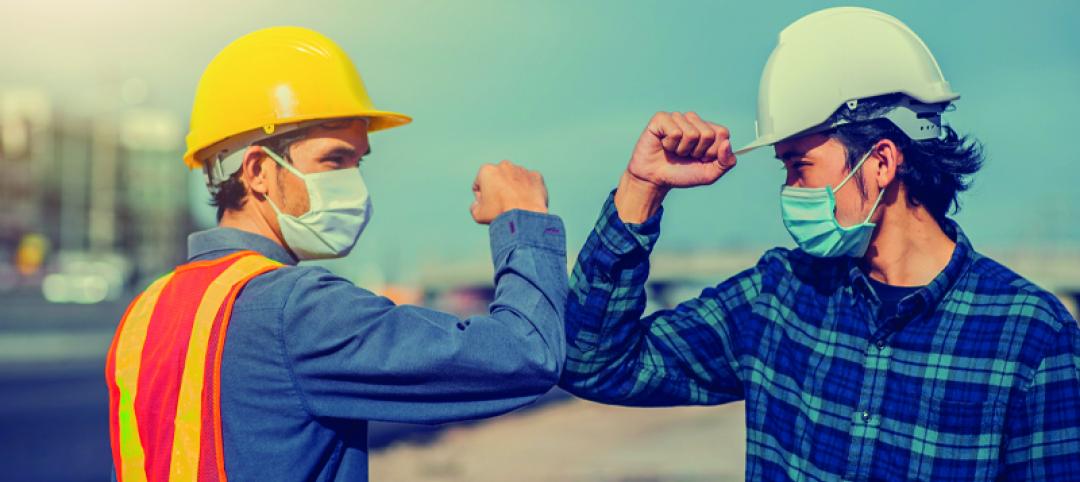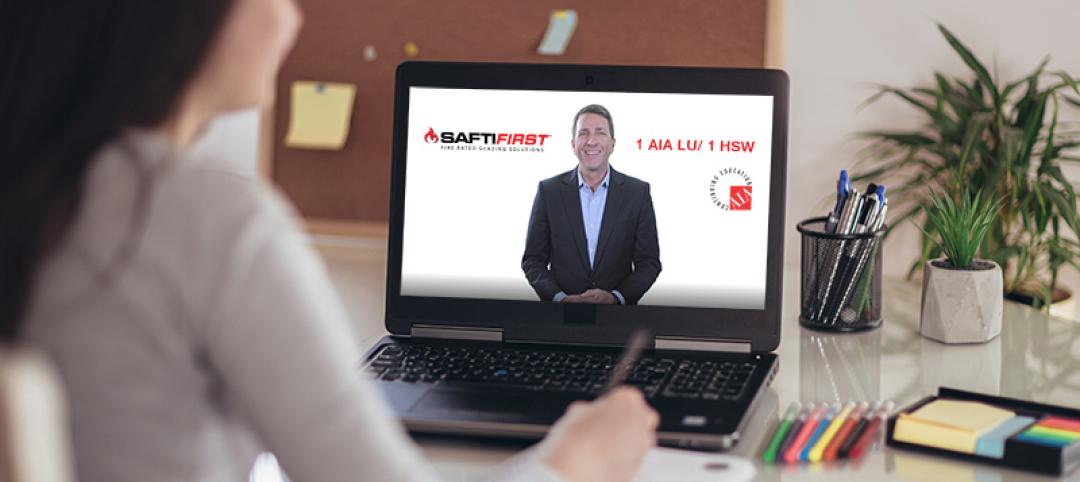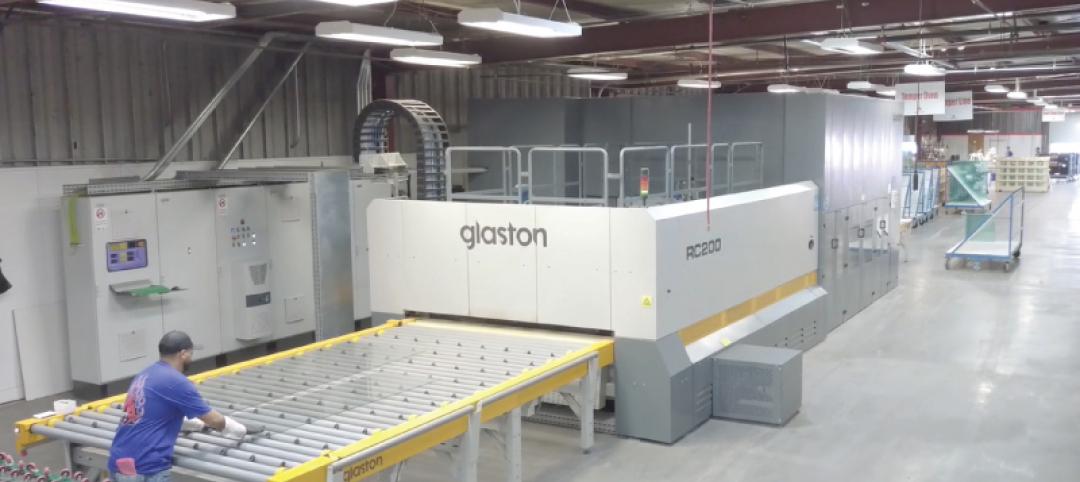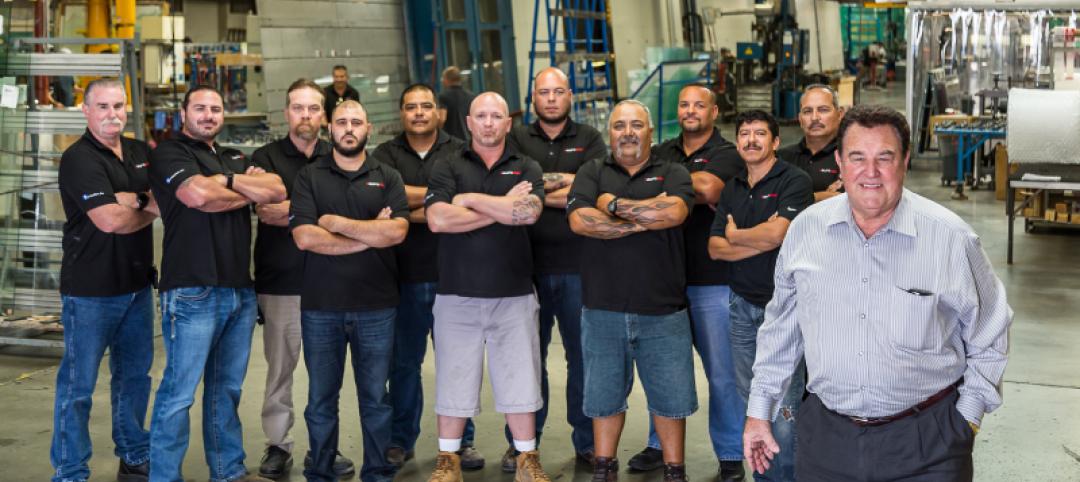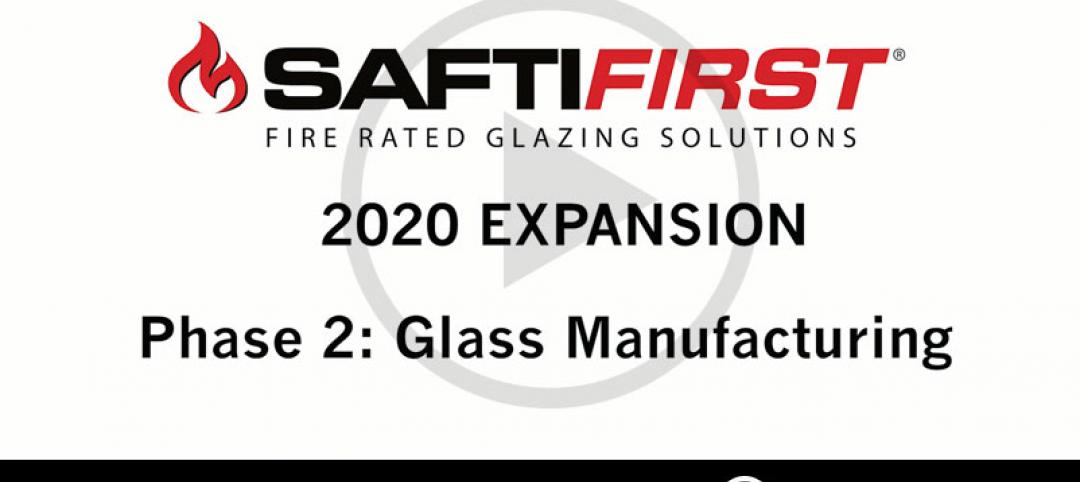Like it or not, the number of incarcerated people in the U.S. continues to rise. With that, increased security in all aspects of these facilities continues to be a priority. This is where security glazing products that allow line of sight for supervisors to observe and still maintain secure separation can play a key role.
Security glass can also enormously enhance the interior design of a correctional or detention facility. Security glazing is frequently integrated into control rooms, day rooms, interview rooms, visitation centers, cell doors and windows, corridors, and medical and mental health centers. Having good visibility of any dangers or activities that could prove threatening while providing full security from these threats is tantamount for the personnel charged with protecting themselves and the inmates.
While providing physical containment barriers and unobstructed views of inmates, security glass can materially improve the aesthetic environment of these facilities by bringing in more natural light and creating a more pleasant environment for inmates, corrections officers and visitors. Natural light has been shown to help people concentrate better and have a positive impact on behavior.
Security glazing must comply with testing standards set forth by several administrative bodies depending on whether the facility is a local, state or federal operation. Specifying security glass in prisons can be tricky, as each application may have completely different security standards. It may be required to meet a physical attack standard, bullet resistant standard, fire standard, or any combination of glazing standards for this specialized construction.

Plaquemines Parish (La.) Detention Center, designed by L.R. Kimball
The California Department of Corrections and Rehabilitation (CDCR), which first developed comprehensive security glazing guidelines in the early 1980s, continues to influence the other testing standards and many job specifications refer to CDCR 860 standards, along with the standards of ASTM, H.P. White Laboratory Inc. or other testing specified by the detention facility.
When the glazing application required protection from both fire and forced entry, earlier versions of fire rated security glazing accepted by the industry used wired glass and polycarbonate, assuming that wired glass would provide fire protective performance and the polycarbonate would provide forced entry performance. Because the wires in glass were deemed as an obstruction to clear views and was aesthetically unappealing, fire and security rated glazing was replaced with laminated ceramic glass in one frame to meet fire rated requirements, and polycarbonate in another frame to meet forced entry requirements. With laminated ceramic already being expensive, having two types of glazing in two separate frames increases the material cost even further, as well as installation and maintenance costs as condensation may occur between the two separate systems. Replacing wired glass with laminated ceramic didn’t improve fire rated performance either, as both types of glazing still allowed the passage of dangerous radiant heat.
In 2013, SAFTI FIRST worked with the CDCR and developed SuperSecure II-XLS, the first clear, fire resistive security glazing that combines forced entry security with temperature rise fire protection that blocked the passage of radiant heat by meeting ASTM E-119/UL 263/NFPA 251 with hose stream up to 2 hours. SuperSecure II-XLS is available in dramatically larger sizes compared to the antiquated wired/ceramic glass and polycarbonate versions that did not provide both fire resistive and security ratings in one complete listed assembly. Because SuperSecure II-XLS is installed in a single frame, condensation is no longer an issue, making this a maintenance-free system. Installing SuperSecure II-XLS in a single frame also decreases material and installation costs compared to the ceramic and polycarbonate version above.
SuperSecure II-XLS meets CDCR 860-14a forced entry requirements and ASTM F1915 Grades 1-4, making this product the only fire and security rated glazing that meets the full range of contemporary test standards and the industry performance leader for fire rated detention and high-security applications. It can be installed in any listed security frame, including SAFTIfire Ballistic Framing which meets Level 1 Attack and can be customized to meet up to Level 8 Ballistic. This fills out an array of fire rated impact products for SAFTI FIRST that provide protection against forced entry, ballistics, blasts, and hurricane forces.
Learn more about SuperSecure II-XLS.
Editor's Note: This is sponsored content. The text and images were provided by the sponsor company.
More from Author
Bill O'Keeffe | Oct 19, 2020
Going virtual
Manufacturers use virtual platforms to help architects meet CEU requirements.
Bill O'Keeffe | Jul 16, 2020
Obsolete?
"Revolutional, affordable, USA made Fire Rated Glazing for all fire protective areas makes ceramic glazing obsolete". Check out SuperClear 45-HS and SuperClear 45-HS-LI to understand why!
Bill O'Keeffe | Feb 10, 2020
USA-made fire rated glazing goes big in 2020
We are pleased to announce and share that the second phase of this $8 million expansion, upgrading our fire rated glass manufacturing facilities in Merced, California, is underway.
Bill O'Keeffe | Nov 20, 2019
Demand for advanced, USA-made fire rated glazing “RAISES THE ROOF”
With architects specifying full-vision, code-compliant, 60 and 90 minute, temperature rise doors for exit stairwells and other code required applications, we found this as an opportunity to expand our product offerings.


